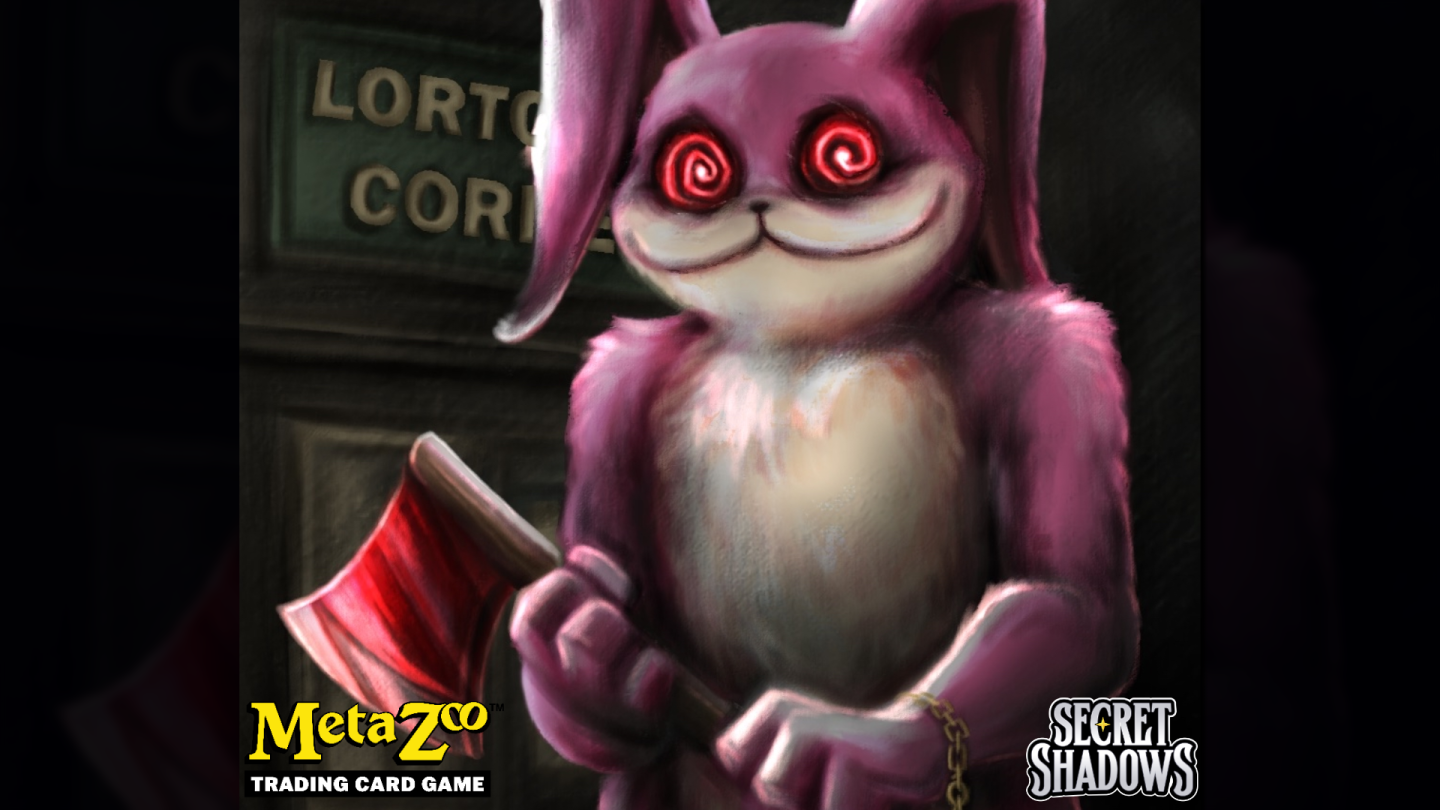The Bunny Man: Security Guard?
Keeping Tabs Weekly, Fall, 2018
Fairfax County, VA—“Old Man Lorton,” the children whisper, “he knows about the Bunny Man.”
The man in question, 63-year-old Chester Lorton, owns and operates Lorton’s Corner, a throwback convenience store modeled on the five-and-dimes of Kresge’s and Woolworth’s. The era of the small-goods variety store has evolved (or devolved, some might say), driven by retail security and packaging concerns. As the store’s sole proprietor, Lorton is almost obsessively aware that his primary clientele—junior high school students from Madison Middle School three blocks away—can easily gravitate to shoplifting.
“I can’t be chasing those little five-fingered discounters,” Lorton says, gesturing below the counter where he sits for our interview as if to imply bad knees or hips. “I’m too old now anyway.”
To guard against such petty theft, Lorton has his own unique measures: first, when the schoolkids come on their lunch breaks to have candy bars and soda for their midday meal, he only allows three children at a time to enter the store; the rest wait in line on the sidewalk, rain or shine. Second, he only accepts cash—and a child cannot cross the store’s threshold without holding their dollar bills aloft for approval.
And third: Bunny Man.
“He’s a legend from decades ago,” Lorton says, his eyes narrowing meaningfully, “a madman in a rabbit costume who comes at you with an axe. It was all over the Virginia news back then. Some say he’s territorial, keeping youngsters off his property. Some say he’s gone beyond that, that he’s just an insane killer now. I say he’s got a whole different kind of axe to grind.”
Lorton, some of the students say, knows the Bunny Man personally and will send him after shoplifters, much like a security guard might sic a vicious dog on a prowler.
“And he’s got that picture on the wall,” Daniel, a seventh grader, tells me with a shudder.
Indeed, Lorton has a blurry 8" × 10" photograph that hangs just inside the door to Lorton’s Corner. In it, a costumed rabbit character, one ear bent and the whole creature covered in what might be pink fur, approaches the photographer at a disorienting angle. The photo’s red and pink tones indicate its age; the thick hatchet gripped in its rabbit’s paws indicates its intent.
“I took that picture myself,” Lorton says. “And it’s a warning.”
Some parents, however, take issue with the store owner’s intolerant approach to deterring theft. Riley Blessing, whose son attends Madison Middle School, displays a photo he says is of the Bunny Man as well—and then explains why it’s not.
“I took a digital photograph of Ralphie from the movie A Christmas Story wearing his pink bunny suit,” Blessing says, “and then I digitally altered its colors, emphasizing and diminishing the reds to give it that washed-out look that old photo paper gets after a few decades. Then I simply blurred the image and changed the angle—and there you go. ‘Bunny Man.’
“Mr. Lorton need not terrorize our kids,” Blessing adds. “They’ve been raised right. They’re not going to steal from him.”
Even while assuring me that his own photograph is legitimate, taken when he was eight years old with a Kodak Instamatic, Lorton says he’s not just protecting himself—he’s protecting the children.
“Bunny Man has a charm, the kind you wear on a bracelet,” he says. “When I was a boy, you could go down to the Ben Franklin store on Main and buy a genuine rabbit’s foot for good luck. It came with a tiny link chain that you could use to hang it from your pants’ loops. I had one.
“Well, Bunny Man’s charm is a human foot. His good-luck charm.
“I’ve seen it myself. I know about it.”
“Mr. Lorton told us Bunny Man would chop our feet off if we stole,” says Veronica, an eighth grader who no longer shops at Lorton’s. “And that he’d make a belt out of our shoes after he ate them. I’m sayin’, I don’t want a Twix Bar bad enough to keep hearing that.”
Lorton shrugs this off, saying if a child feels unable to shop without stealing, they shouldn’t be shopping in the first place.
“They should look with their eyes, not with their hands,” he says.
When confronted with the generally accepted belief that the Bunny Man is a fabrication, Lorton notes that the original sightings were by an Air Force cadet and a security guard at a construction site.
“I knew Paul,” Lorton says of the security guard. “He used to let me hang around with him sometimes. He wasn’t the kind to make anything up.”
As the interview wraps up, Lorton rises to come around the counter. He gruffly says to come back if we have any more questions, but he’d like this to be done now.
Before he comes around, however, he first slips his hands and forearms into a pair of crutches propped nearby. Then, when he stands, he slips into specialized shoes.
For Chester Lorton, it turns out, has no feet.
“I was trespassing,” he grunts and waves at the store’s entrance.
Instead of answering how he lost them, he holds the door open. The bell above it rings. The photograph on the wall wavers in the breeze coming from outside. The Bunny Man wavers.
“Goodbye,” Lorton says.
The children have begun to line up on the sidewalk outside. He barks for the first three to come in and keep their hands to themselves. They will—and hopefully their feet, too.


